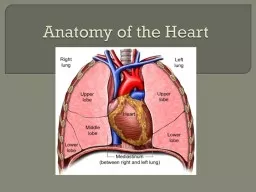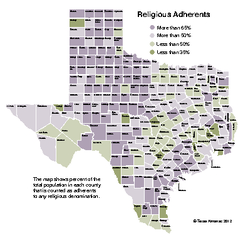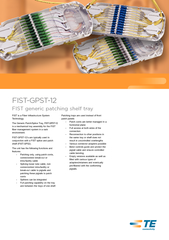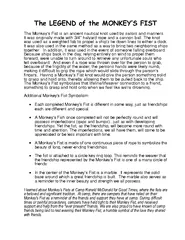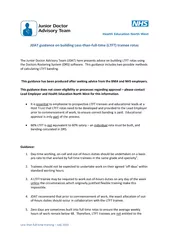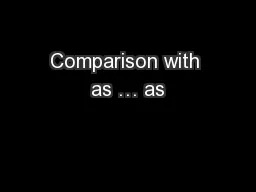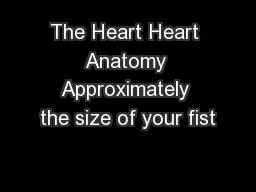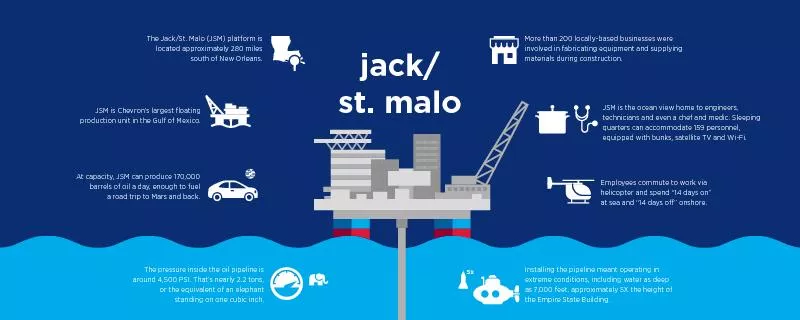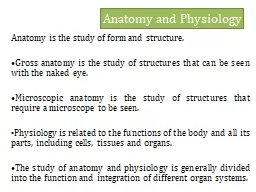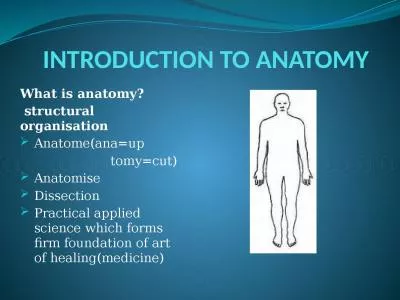PPT-Anatomy of the Heart Heart is approximately the size of your fist and weighs less than
Author : amber | Published Date : 2022-06-08
Located within bony thorax ribs and is flanked on each side by lungs Apex points toward your left hip and rests on your diaphragm Wall of the Heart The heart is
Presentation Embed Code
Download Presentation
Download Presentation The PPT/PDF document "Anatomy of the Heart Heart is approximat..." is the property of its rightful owner. Permission is granted to download and print the materials on this website for personal, non-commercial use only, and to display it on your personal computer provided you do not modify the materials and that you retain all copyright notices contained in the materials. By downloading content from our website, you accept the terms of this agreement.
Anatomy of the Heart Heart is approximately the size of your fist and weighs less than: Transcript
Download Rules Of Document
"Anatomy of the Heart Heart is approximately the size of your fist and weighs less than"The content belongs to its owner. You may download and print it for personal use, without modification, and keep all copyright notices. By downloading, you agree to these terms.
Related Documents

